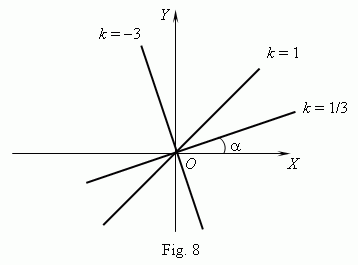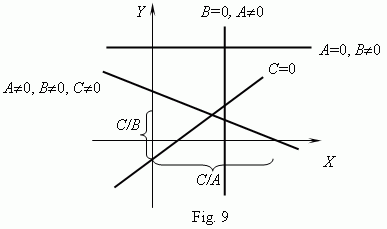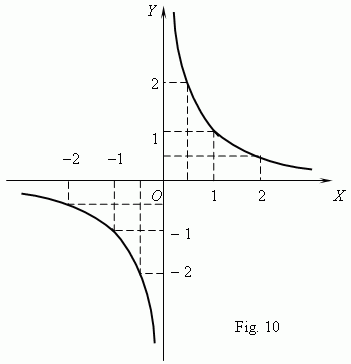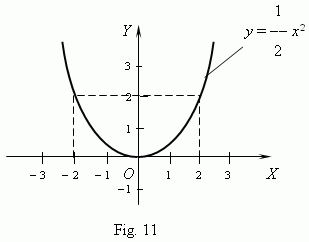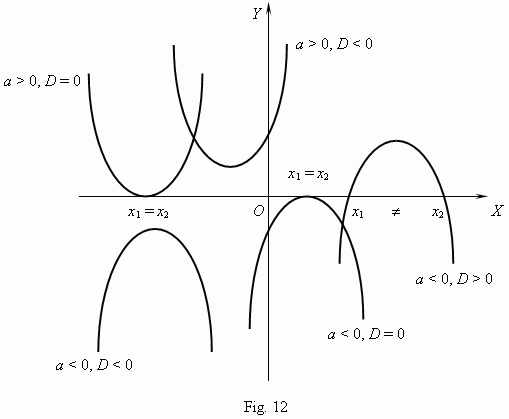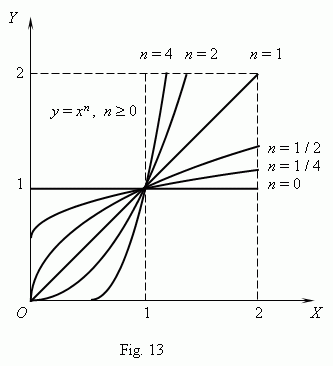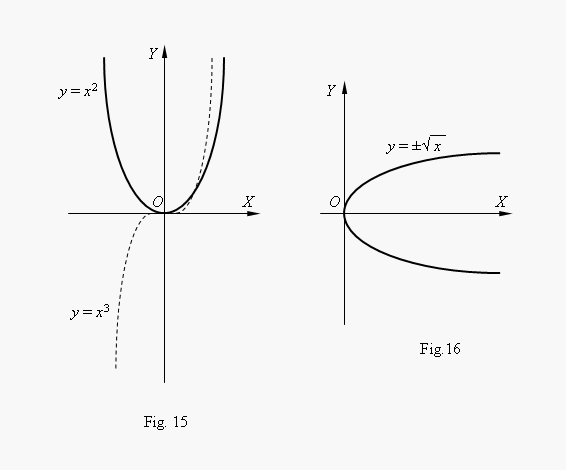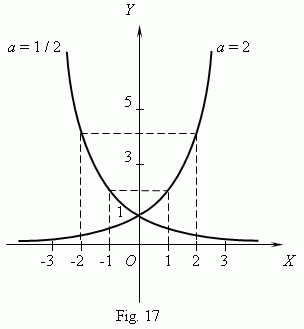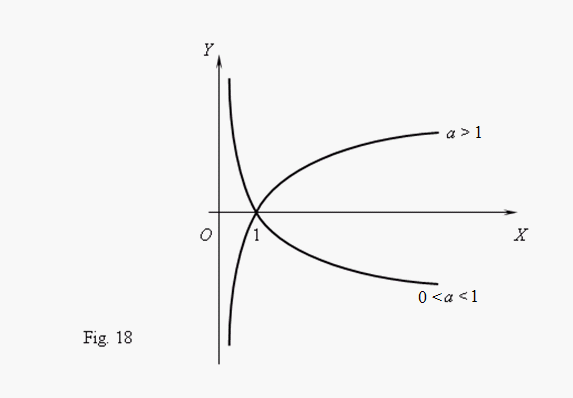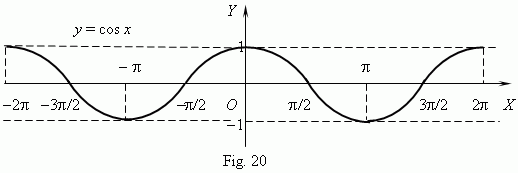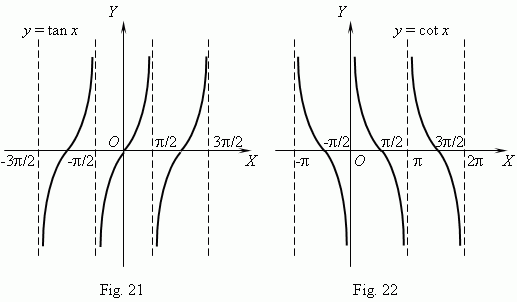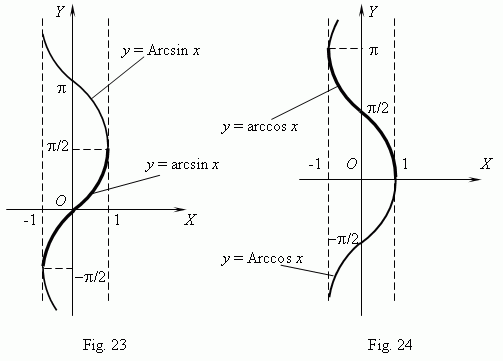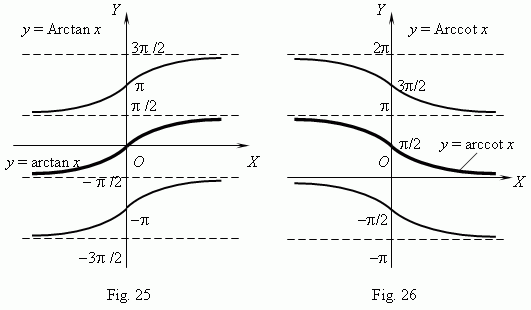1. Sociology - The
Discipline:
(a) Modernity and social changes in
Europe
and emergence of sociology.
Social thought is as old as society itself, yet the origin of sociology is traced back to 19th century Western Europe. Sometimes Sociology is called the child of the ‘age of revolution’. The revolutionary changes in the preceding three centuries had decisively changed the way people lived thereby paving the way for the emergence of Sociology as we have today. Sociology took birth in such a climate of social upheaval. The roots of the ideas developed by the early sociologists lie in the then social conditions that prevailed in Europe.
The modern era in Europe and the conditions of modernity were brought about by three major processes. They are:
- The Enlightenment- dawning of the ‘age of reason’.
- The French Revolution-the quest for political sovereignty.
- The Industrial Revolution-the system of mass manufacture.
These revolutions completely transformed not only European society but also the rest of the world as it came into contact with Europe. The revolutions initiated a process of thinking about society particularly the consequences of revolutionary happenings. Industrial Revolution accelerated the process of urbanization. Urbanization, in its turn, created many social problems. French Revolution led to rethinking about the form of government and practice of democracy. Thus changes were all around in economy, polity and social spheres of living. The industrialization, urbanization and capitalism and the attendant consequences began transforming the societies of Europe.
The Enlightenment
It refers to that period in European history (late 17th and 18th centuries) which put human being at the centre of the universe and rational thought as the central feature of the human being. The ability to think rationally and critically transformed the individual human being into both the producer and user of all knowledge. For reason to become the defining feature, it was necessary to displace nature, religion and divine acts from the central position they earlier occupied. Thus the attitudes of mind that we refer today as secular, scientific, progress and humanistic developed.
During this period a belief developed that both nature and society can be studied scientifically.
The French Revolution
The French Revolution which erupted in 1789 marked a turning point in the history of human struggle for freedom and equality. It changed the political structure of European society. It put an end to the age of feudalism and ushered in a new order of society. It replaced the age of feudalism by heralding the arrival of democracy.
The Revolution announced the arrival of political sovereignty at the level of individuals as well as nation-states. It signaled the emancipation of individuals from the oppressive rule of the religious and feudal institutions that dominated French before the Revolution. The nation-state itself was redefined as a sovereign entity with a centralized government. The ideals of the French Revolution- liberty, equality and fraternity- became the watchwords of modern state.
This Revolution brought about far reaching changes in not only French society but also in societies throughout Europe. Even societies in other continents were influenced by ideas generated during the Revolution. There were many significant themes which arose due to the impact of this Revolution which have been the focus of interest of the early sociologists. These significant themes include the transformation of property, new social class etc.
The Industrial Revolution
The foundation of modern industry was laid by the Industrial Revolution, which began in England in the late 18th and early 19th centuries. It brought about great changes in the social and economic life of the people first in England, then in other countries of Europe and later in other continents.
It had two important aspects:
1. Systematic application of science and technology to industrial production, particularly invention of new machines and harnessing of new sources of power. These facilitated the production process and give rise to the factory system and mass manufacture of goods.
2. Evolved new ways of organizing labour and markets on a scale larger than anything in the past. The goods were produced on a gigantic scale for distant markets across the world. The raw materials used in their production were also obtained from all over the world.
Industrialization threw into turmoil societies that have been relatively stable for centuries. New industries and technologies changed the face of social and physical environment. Peasants left rural areas and flocked to the towns, where they worked under appalling conditions. Cities grew at an unprecedented rate. Social problems become rampant in the teeming cities. The direction of change was unclear and the stability of social order seemed threatened.
The significant themes of this Revolution which concerned the early sociologists were the condition of labour, transformation of property, industrial city/ urbanism and technology and the factory system.
Against such background, some thinkers of that time were concerned about building their society anew. Those who dealt with these problems are considered as the founding fathers of Sociology because they were seriously concerned with these problems in a systematic way. Most notable among the thinkers have been Auguste Comte, Herbert Spencer, Emile Durkheim, Karl Marx and Max Weber. All these pioneers came from different disciplines.
Auguste Comte (1798-1857), who is also known as, the ‘father of sociology’, argued that the methods used in physics should be used for the study of society. Such a study would reveal the laws of evolution and the laws of the functioning of society. Once this knowledge was available, we would be able to build society. Auguste Comte, who gave sociology its name, identified three stages of human society: Theological (various phenomena were explained in religious terms), Metaphysical (explanations were philosophical) and Positivism (phenomena were explained in terms of the scientific approach to the social world).
The idea of evolution was carried forward in the works of the British sociologist,
Herbert Spencer (1820-1903). He argued for the universality of the principle of evolution. His view of the evolution of societies is known as Social Darwinism.
The credit for developing sociology as an independent discipline and science goes to Emile Durkheim (1858-1917), a French sociologist. Durkheim said that sociologists study ’social facts’, which are objective and exist in the consciousness of the collectivity. Thus, social fact is exterior to human mind and but it constraints on human behaviour. Hence, social facts do not have their origin in the individual. Further, they should be explained by other social facts, rather than in terms of biological, psychological, environmental, or geographical acts.
In Germany, the most influential work was of Max Weber (1864-1920). In comparison to Durkheim, Weber said that the sociologist studies ’social action’, which is an act an individual performs and assigns meaning. The task of sociologists is to understand the subjectivemeaning of an act.
German social thinker Karl Marx’s ideas (1818-1883) were influential in Sociology. He argued that every society was divided into two classes, viz. ‘Haves’ and ‘Have-nots”. He believed that conflict was initiator of change in history. He, therefore, gave central importance to class and class-conflict.
Thus the development of Sociology in France (Comte, Durkheim), Germany (Marx, Weber) and England (Spencer) have been outlined as in above. Their contributions have profound influence in Sociology everywhere in the world.
Sociology thus flowered in precisely those societies that had experienced the most pronounced or greatest social changes. France, Germany and England underwent a truly revolutionary social transformation; and in all these countries, the study of Sociology had emerged by the end of the 19th century.
(b) Scope of the subject and
comparison
with other social sciences.
(c) Sociology and common sense.
















